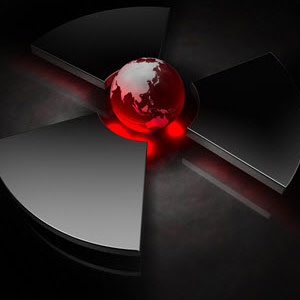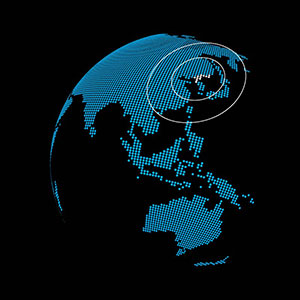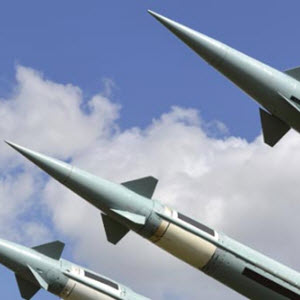Contact
Asia in the Second Nuclear Age
From January 7-8, 2014, NBR and S. Rajaratnam School of International Studies (RSIS) co-organized an international workshop on Asia’s nuclear future as a part of NBR’s “Approaching Critical Mass: Asia’s Multipolar Nuclear Future” project. The workshop convened leading experts from the United States, Singapore, China, South Korea, Japan, Australia, and Russia.
Key Points from the Discussions
- Participants agreed that Asia in the second nuclear age is more complex, although not fundamentally different, than it was during the Cold War.
- Among the numerous nuclear players in Asia, China’s role was subject to extensive discussions.
- Several of the presentations underscored the shift in global power as a result of China’s rise as well as the profound effects of this shift on the United States’ relationships with its Asian allies.
- Potential sources for conflict in the region can be border disputes and contested territories but so-called “grey zone” issues that were unlikely to rise to the level of intense, all-out conventional conflict and thus did not have major nuclear implications.
- Most participants emphasized that there were not ongoing arms races in the region’s nuclear modernizations.
The discussions addressed nuclear modernization in the Asia-Pacific, nuclear crisis stability in a complex multi-nodal environment, and the implications of advanced conventional strategic capabilities of regional strategies stability.
Participants agreed that Asia in the second nuclear age is more complex, although not fundamentally different, than it was during the Cold War. The sheer abundance of nuclear players in Asia calls for more attention toward the interlocking dyadic and triadic relationships, such as China—North Korea—United States, that are driving regional security dynamics. At the same time, policymakers need to appreciate post–Cold War continuities—notably that South Asia has been, and continues to be, influenced by security dynamics other than the Cold War or bipolarity.
Among the numerous nuclear players in Asia, China’s role was subject to extensive discussions. One scholar noted
that it might be best to think of China as in the middle of a hierarchy of nuclear power; others emphasised China’s role as a driver of many regional reactions. Furthermore, several of the presentations underscored the shift in global power as a result of China’s rise as well as the profound effects of this shift on the United States’ relationships with its Asian allies.
Another key theme that emerged from workshop discussions was the potential sources for conflict in the region. Amid escalating tensions due to border disputes and contested territories, much of the concern in the discussions centered on so-called “grey zone” issues that were unlikely to rise to the level of intense, all-out conventional conflict and thus did not have major nuclear implications. While there were some discussions of mutual threat perceptions that can serve to intensify security dilemmas, most participants emphasized that there were not ongoing arms races in the region’s nuclear modernizations. Still, the sheer complexity of the related issues will require continued attention by both scholars and policymakers.







